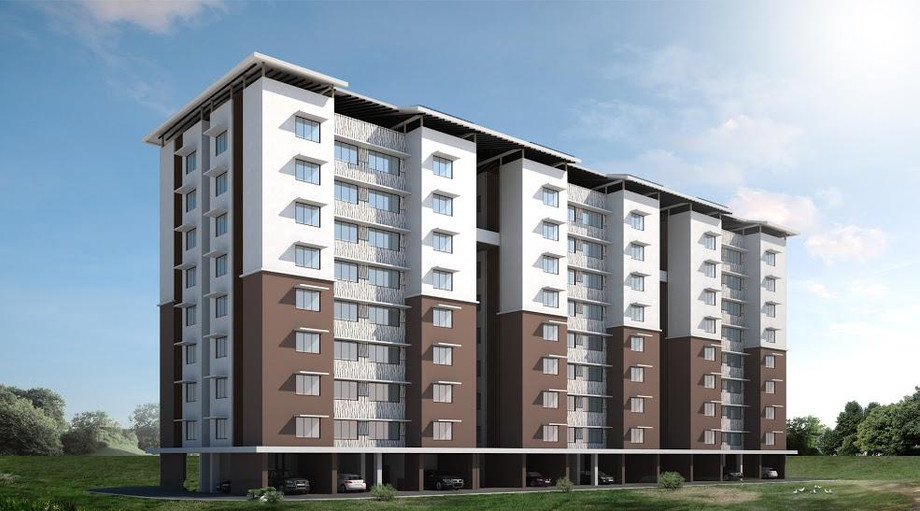Structural engineering design is a crucial aspect of construction and infrastructure development. It involves the application of engineering principles to design safe, stable, and resilient structures that can withstand various forces and environmental conditions. Structural engineers play a vital role in ensuring the integrity and longevity of buildings, bridges, dams, and other infrastructure, contributing to the safety and well-being of society.
Designing for Safety and Stability
The primary objective of structural engineering design is to create structures that can withstand the forces they will encounter throughout their lifespan. Structural engineers carefully analyze the loads that a structure will bear, such as gravity, wind, seismic activity, and environmental factors. By applying scientific principles and mathematical calculations, they determine the appropriate materials, dimensions, and support systems necessary to ensure the structure's safety and stability.
Optimizing Structural Performance
Structural engineering design aims to optimize the performance of structures by ensuring they are efficient, cost-effective, and meet functional requirements. By leveraging their expertise in materials, structural systems, and construction techniques, structural engineers find innovative solutions that balance strength, durability, and aesthetics. They consider factors such as the building's purpose, occupant needs, and architectural design to create structures that fulfill both functional and aesthetic goals.
Collaboration with Architects and Design Teams
Structural engineers work closely with architects and design teams to transform architectural concepts into tangible structures. They collaborate during the early stages of a project to ensure that the structural design aligns with the architectural vision and functional requirements. By working together, architects and structural engineers find harmonious solutions that integrate aesthetics with structural integrity, resulting in visually appealing and safe structures.
Computer-Aided Design and Analysis
Advancements in technology have revolutionized structural engineering design. Computer-aided design (CAD) software enables engineers to create detailed 3D models of structures, facilitating visualization and analysis. Structural engineers also utilize sophisticated analysis software to simulate various load scenarios and test the structural performance. These tools aid in identifying potential weaknesses, optimizing designs, and ensuring the safety and reliability of the structure before construction begins.
Structural Systems and Materials Selection
Structural engineers carefully select the appropriate systems and materials for each project, considering factors such as the type of structure, environmental conditions, and project budget. They evaluate the properties of materials such as concrete, steel, timber, or composite materials, taking into account factors such as strength, durability, and cost-effectiveness. The chosen structural systems and materials are integral to creating robust and sustainable structures that can withstand the test of time.
Structural Rehabilitation and Retrofitting
Structural engineering design is not limited to new construction; it also encompasses the rehabilitation and retrofitting of existing structures. Structural engineers assess the integrity of aging or damaged structures and develop strategies to enhance their performance and extend their lifespan. This may involve reinforcing weak elements, strengthening foundations, or implementing seismic retrofitting measures to improve resilience against earthquakes.
Ensuring Code Compliance and Safety Standards
Structural engineers play a critical role in ensuring that structures adhere to local building codes, regulations, and safety standards. By staying updated on evolving codes and industry best practices, they ensure that structures meet the required standards for structural integrity, fire safety, accessibility, and environmental sustainability. Their expertise and attention to detail during the design phase help avoid potential issues and ensure compliance throughout the construction process.
For More Info:-
Precast Structural Consultants
structural precast services pune




.png)

Comments